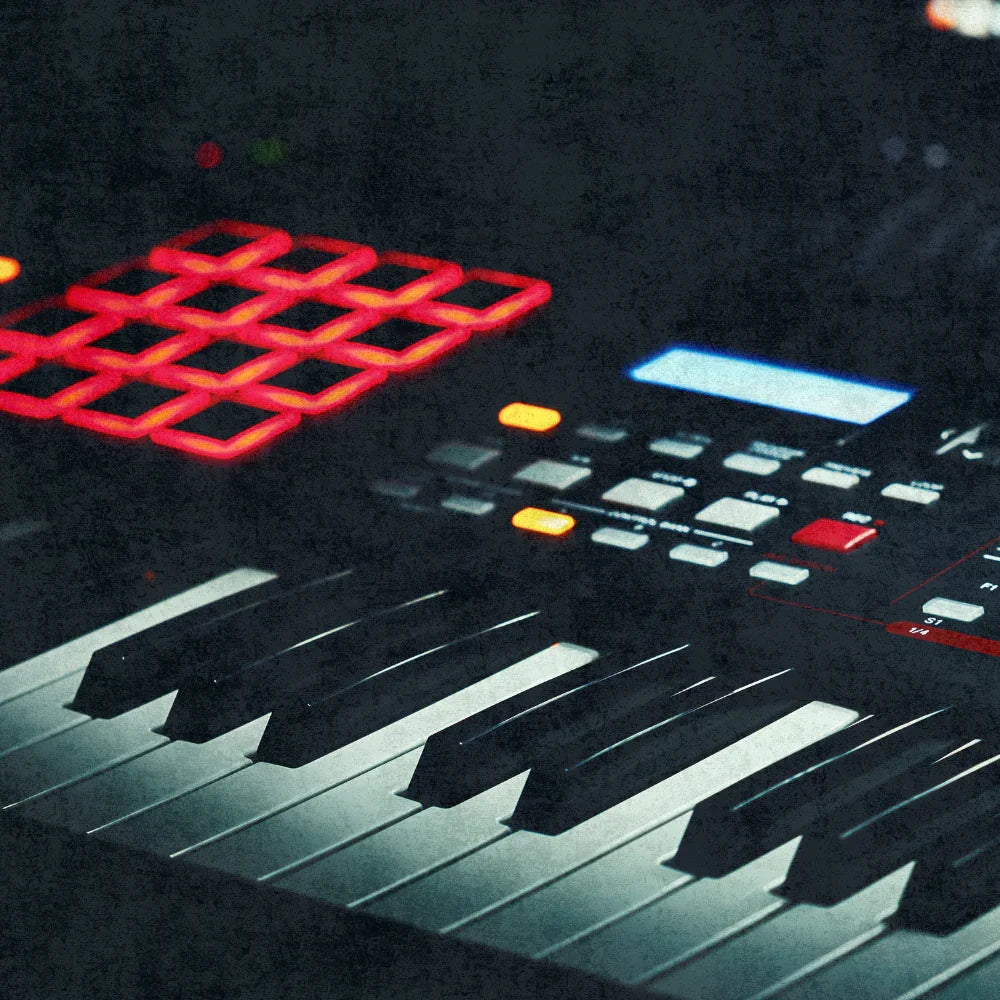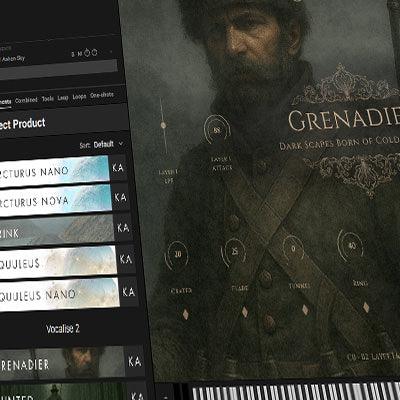If you’ve been making music on your computer, tablet, phone, or laptop, chances are you’ve already come across the term MIDI controller. But what exactly is it, and why might you want one if you’re already comfortable with touchscreens? Let’s break it down.
MIDI in Simple Terms
MIDI stands for Musical Instrument Digital Interface. Rather than creating sound itself, MIDI is like a universal language that lets instruments and software talk to each other. When you press a key on a MIDI controller, twist a knob, or hit a pad, you’re not hearing audio directly—you’re sending instructions (note, velocity, pitch bend, modulation, etc.) to your music software or sound library, which then generates the sound.
Think of MIDI as a messenger. It doesn’t sing the song—it simply tells your instruments what to play.
Why Go Beyond Touchscreens?
Touchscreens are fantastic for getting started with music creation. They’re portable, intuitive, and always at your fingertips. But they also have limits:
Feel & Expression – A real key press, drum pad hit, or knob twist gives you physical control that’s hard to match on glass.
Playability – Larger keyboards, velocity-sensitive pads, and assignable controls open up new ways to perform and compose.
Workflow – Having tactile sliders, knobs, or pads helps you stay creative without digging through endless menus.
Adding a MIDI controller doesn’t replace your touchscreen—it complements it, unlocking more natural, hands-on ways to shape sound.
Types of MIDI Controllers
There are many shapes and sizes, but the most common types are:
Keyboard Controllers – From mini 25-key options to full 88-key pianos, perfect for melodies, chords, and performance.
Pad Controllers – Great for beats, samples, and triggering loops.
Control Surfaces – Packed with knobs, faders, and buttons for mixing and sound design.
Hybrid Controllers – A mix of keys, pads, and controls to cover everything.
Getting Started
The good news: almost all MIDI controllers are plug-and-play. Connect via USB or Bluetooth, select it in your DAW or app, and you’re ready to go. Most work seamlessly with iPads, laptops, and desktop setups, making them an easy next step for touchscreen creators who want more depth.
In short, a MIDI controller is your bridge from touchscreen music-making to a more expressive, tactile, and professional workflow. It doesn’t create sound by itself, but it gives you physical control over the endless sonic worlds inside your software.




Laisser un commentaire
Tous les commentaires sont modérés avant d'être publiés.
Ce site est protégé par hCaptcha, et la Politique de confidentialité et les Conditions de service de hCaptcha s’appliquent.